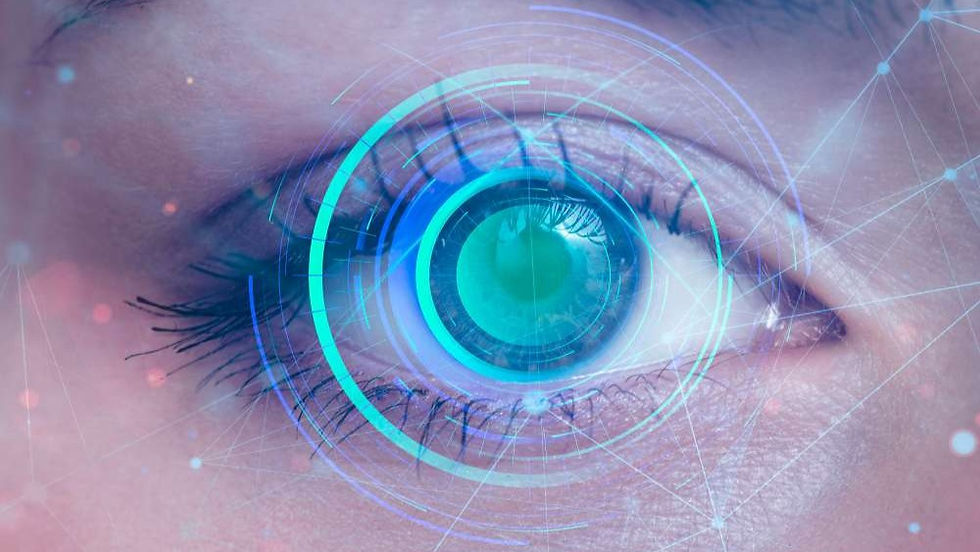Role of Embedded Vision in Industrial Robotics: Applications, Use Cases & Future Trends
- Vadzo Imaging

- Aug 23, 2022
- 3 min read

Industrial robotics has evolved far beyond the era of pre-programmed, repetitive tasks. In the past, robots operated in controlled environments, relying on the assumption that their surroundings would remain unchanged. While effective for simple, high-volume operations, this approach lacked adaptability.
Today’s automation demands flexibility, precision, and autonomy. As Industrial robotics expands into diverse sectors—including manufacturing, logistics, and professional services—embedded vision systems have emerged as a critical enabler of this transformation.
This article explores how embedded vision powers Industrial robotics, its core applications, real-world use cases, and the technological outlook for the future.
What is Embedded Vision in Industrial robotics?
Embedded vision is the integration of cameras and onboard processing within robotic systems, enabling them to capture, process, and interpret visual data in real time.
In traditional setups, a separate camera system would feed data to an external computer for processing, often requiring human intervention for decision-making. This increased complexity, cost, and latency.
Modern embedded vision technology condenses this capability into a single unit—combining sensors, processors, and algorithms directly on the robot. This “smart eye” empowers Industrial robotics to make autonomous decisions without external computation, enabling:
Real-time object detection
Dynamic environment adaptation
Fully automated quality checks
Core Applications of Embedded Vision in Industrial Robotics
Automated Assembly
Embedded vision enables Industrial robotics to locate, recognize, and position components with high accuracy. Unlike fixed programming, vision-equipped assembly robots adapt to changes in part placement or orientation, reducing downtime and boosting throughput.
Robotic Inspection
Mobile inspection robots equipped with vision systems can perform quality control on moving lines without stopping production. These systems identify defects, verify dimensions, and check assembly integrity in real time.
Robotic Safety
Collaborative Industrial robotics (cobots) use embedded vision to detect human presence and adjust speed or halt operations for safety. This reduces workplace hazards while enabling humans and robots to work side by side.
Robotic Navigation
Vision-based navigation allows Industrial robotics systems to operate autonomously in unstructured environments, avoiding obstacles and optimizing routes in warehouses, manufacturing floors, and service applications.
Real-World Use Cases in Industrial Robotics
Cutting and Sewing
Vision-equipped robots can detect the shape, size, and orientation of materials for precision cutting in wood, cardboard, metals, and textiles. Depth cameras—using stereo vision, time-of-flight, or structured light—enable precise positioning. In sewing operations, vision systems can halt machinery if a human hand enters the work area, improving safety.
Material Handling
In Industrial robotics, automated picking, packaging, and goods movement rely on depth mapping and barcode recognition. Vision-guided pick-and-place robots navigate around obstacles, optimizing warehouse workflows.
Non-Destructive Testing (NDT)
Vision-enabled Industrial robotics performs NDT to detect defects without damaging the product. Integrated with Industry 4.0 systems, they provide real-time quality feedback.
Automated Dimensioning
Cameras in Industrial robotics measure packages or components along three axes, feeding precise data into warehouse and transport management systems for optimized planning.
Machine Tending
Robots load and unload raw materials into CNC machines, mills, and presses using vision-guided positioning, increasing efficiency and reducing operator risk.
Remote Warehouse Management
Telepresence-enabled Industrial robotics allows remote monitoring, inventory checks, and navigation without human presence on-site—an advantage in pandemic-driven remote operations.

Closing Thoughts:
The AR0234 Color Global Shutter Camera offers precise imaging ideal for complex Industrial robotics applications, from object detection to high-speed navigation. Its high frame rate, global shutter, and robust performance make it an excellent fit for demanding automation environments.
If you need expert guidance on selecting vision components for Industrial robotics or integrating cameras into your automation systems, Contact Us


